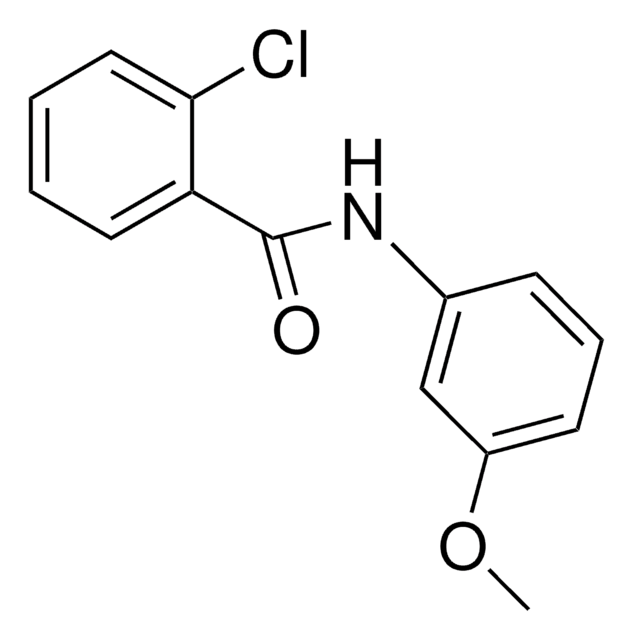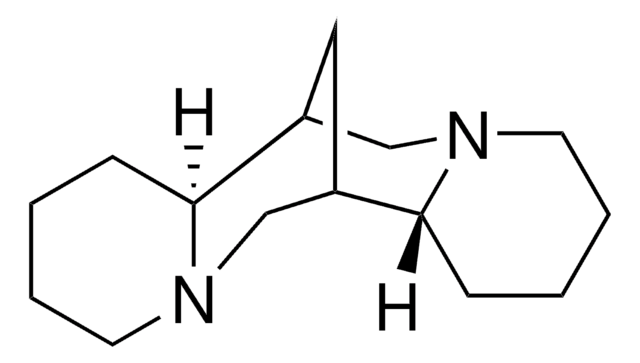SML0905
Dimethylenastron
≥98% (HPLC)
Synonym(s):
2,3,4,6,7,8-Hexahydro-4-(3-hydroxyphenyl)-7,7-dimethyl-2-thioxo-5(1H)-quinazolinone
About This Item
Recommended Products
assay
≥98% (HPLC)
form
powder
color
white to beige
solubility
DMSO: 15 mg/mL, clear
storage temp.
2-8°C
InChI
1S/C16H18N2O2S/c1-16(2)7-11-13(12(20)8-16)14(18-15(21)17-11)9-4-3-5-10(19)6-9/h3-6,14,19H,7-8H2,1-2H3,(H2,17,18,21)
InChI key
RUOOPLOUUAYNPY-UHFFFAOYSA-N
Biochem/physiol Actions
Features and Benefits
Storage Class
13 - Non Combustible Solids
wgk_germany
WGK 3
flash_point_f
Not applicable
flash_point_c
Not applicable
Certificates of Analysis (COA)
Search for Certificates of Analysis (COA) by entering the products Lot/Batch Number. Lot and Batch Numbers can be found on a product’s label following the words ‘Lot’ or ‘Batch’.
Already Own This Product?
Find documentation for the products that you have recently purchased in the Document Library.
Articles
Apoptosis regulation involves multiple pathways and molecules for cellular homeostasis.
Cell cycle phases (G1, S, G2, M) regulate cell growth, DNA replication, and division in proliferating cells.
Our team of scientists has experience in all areas of research including Life Science, Material Science, Chemical Synthesis, Chromatography, Analytical and many others.
Contact Technical Service





